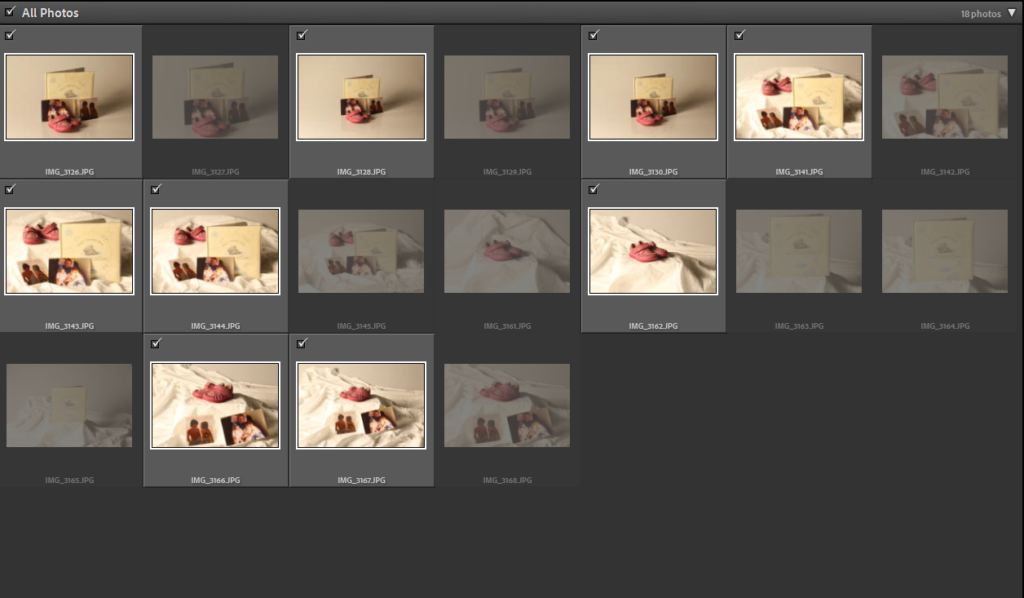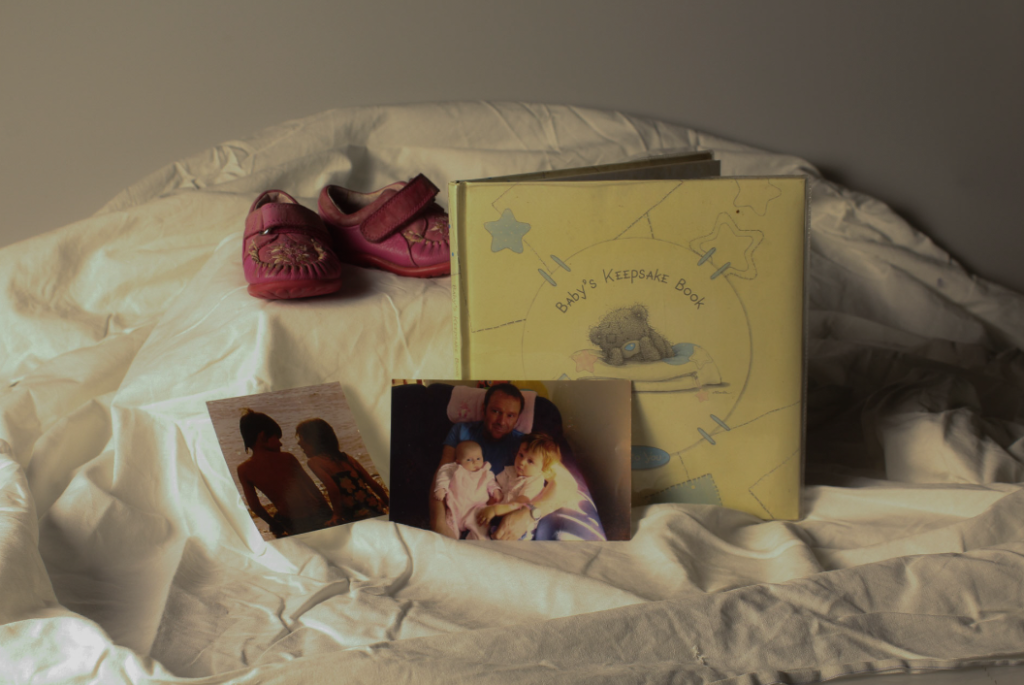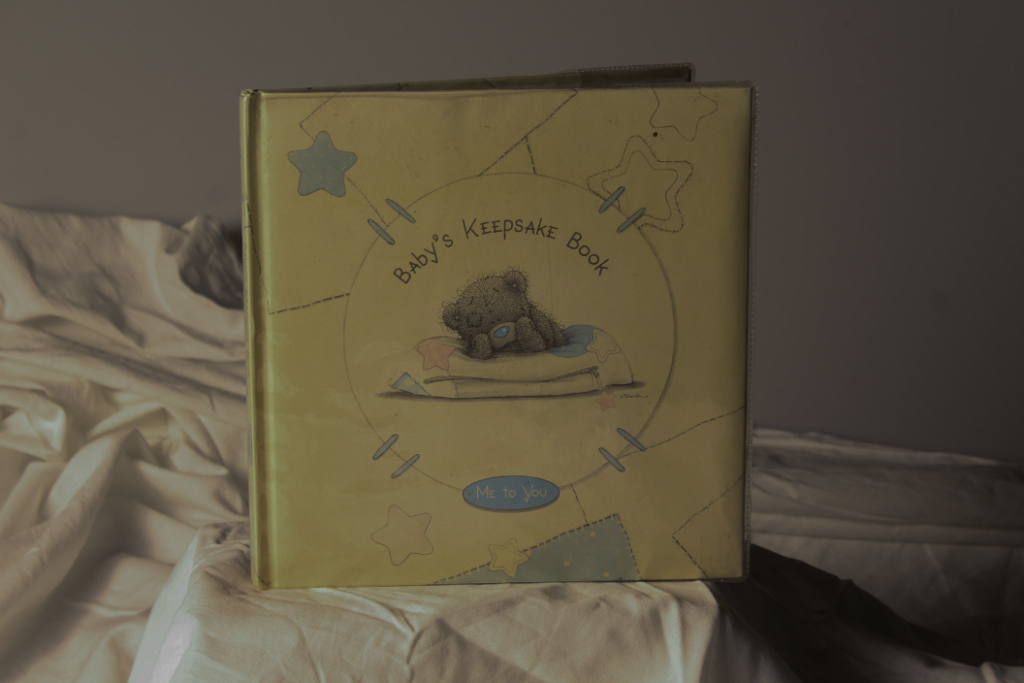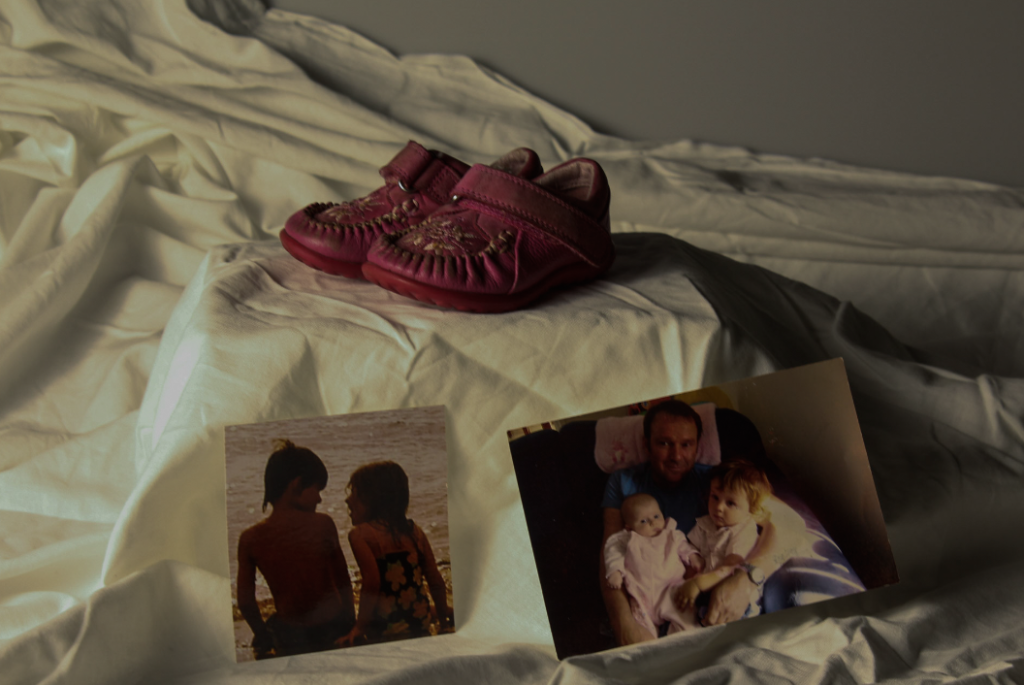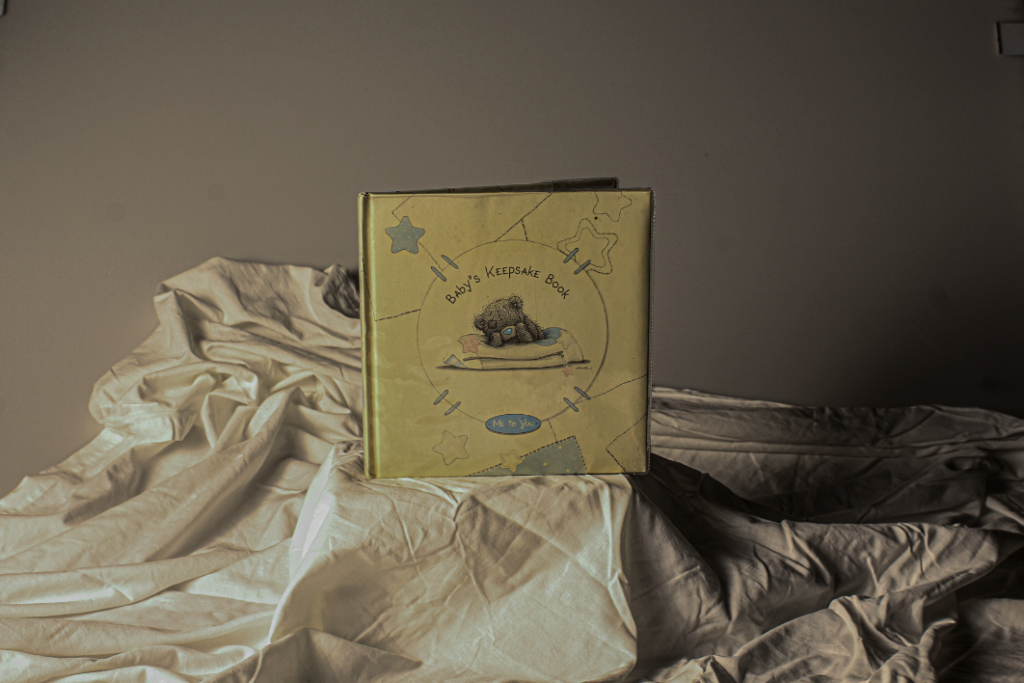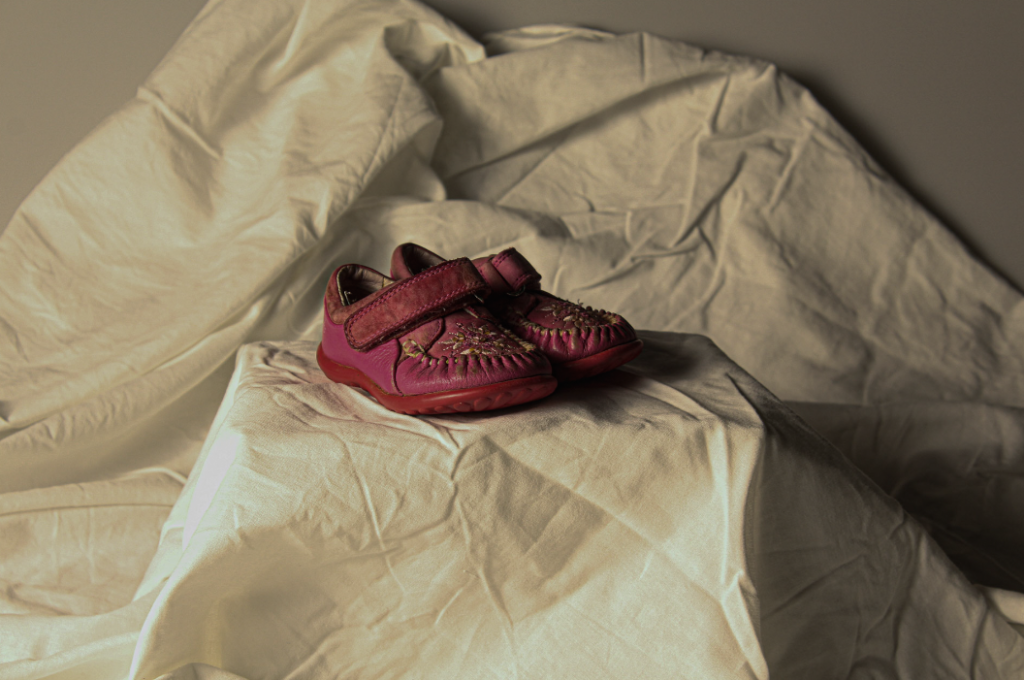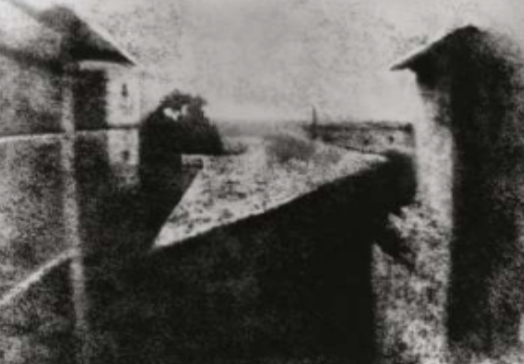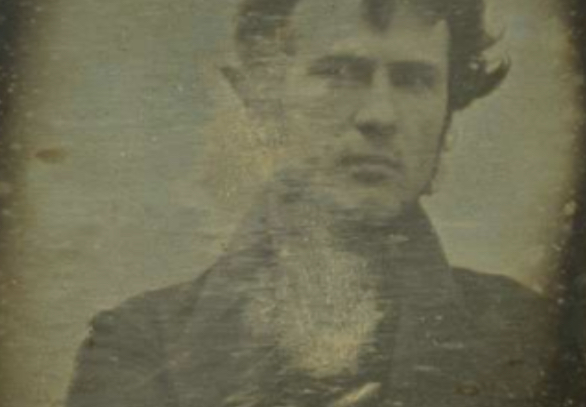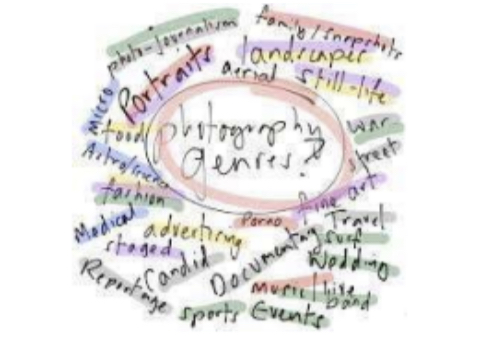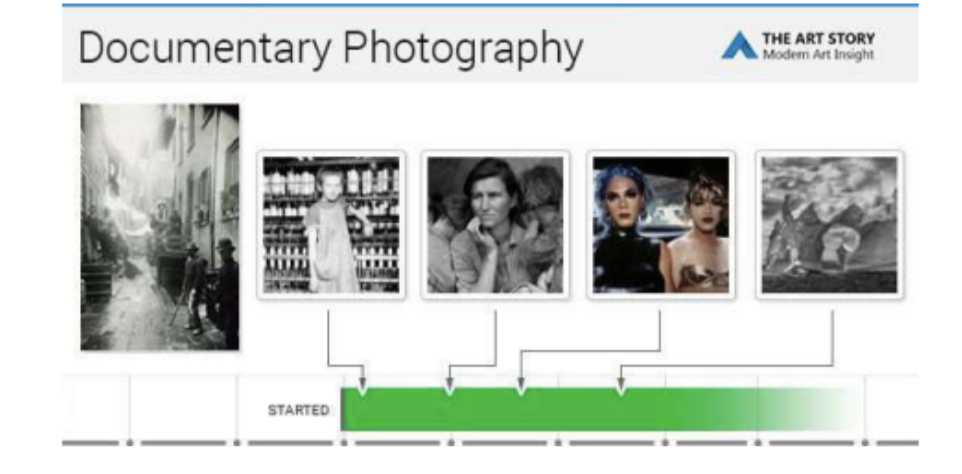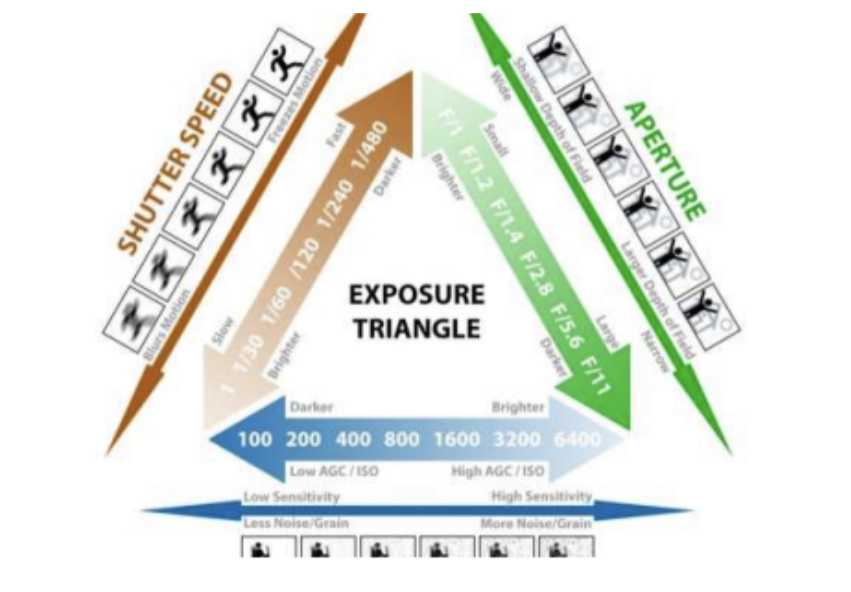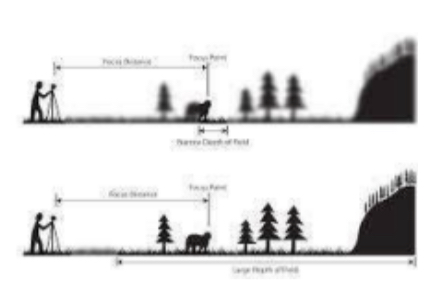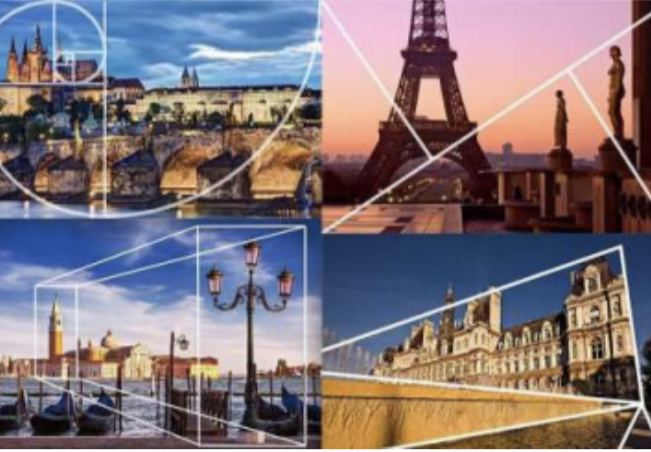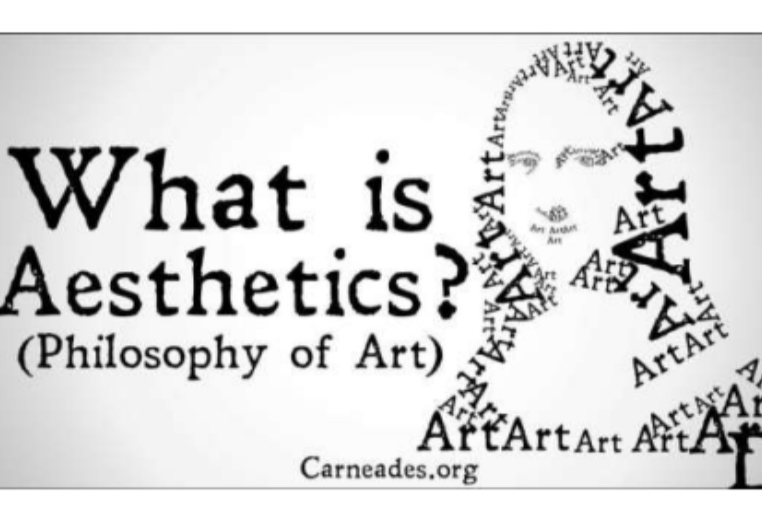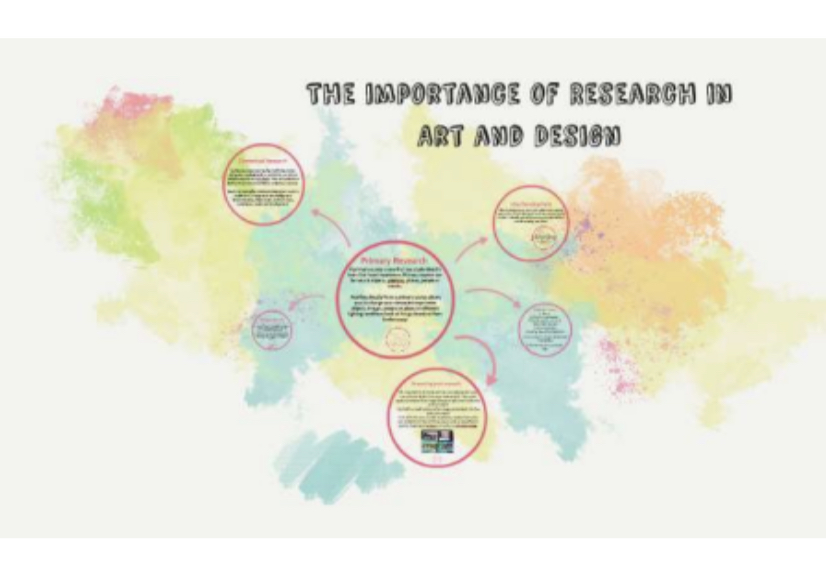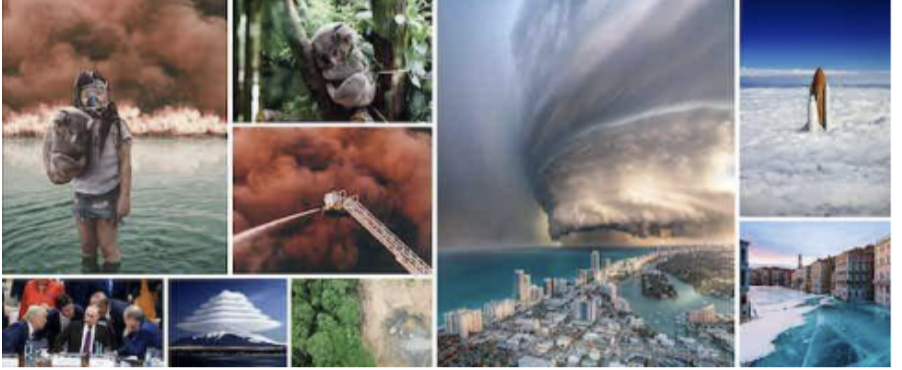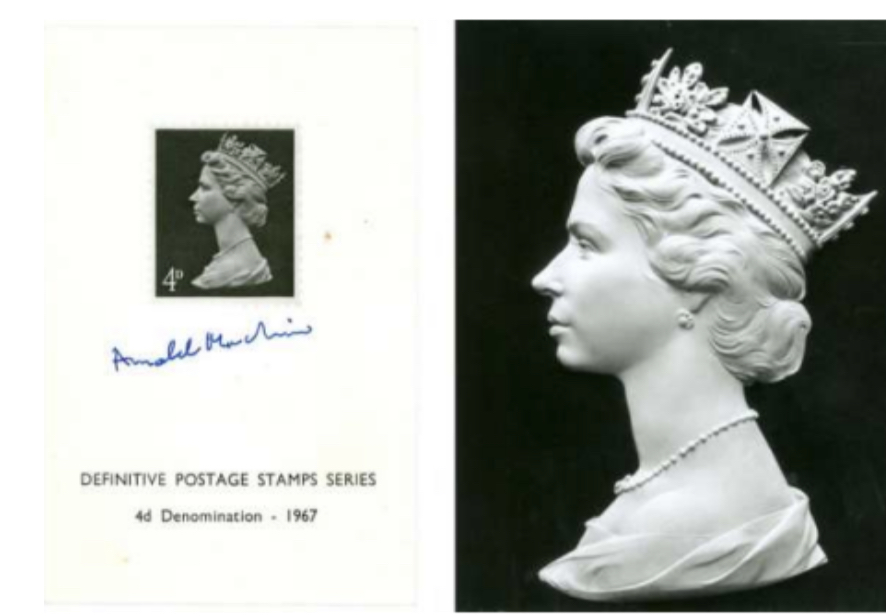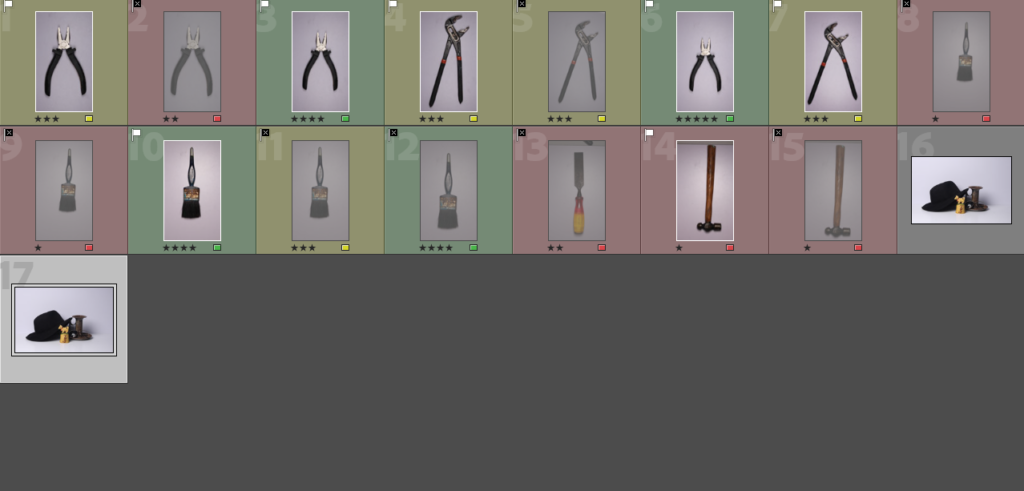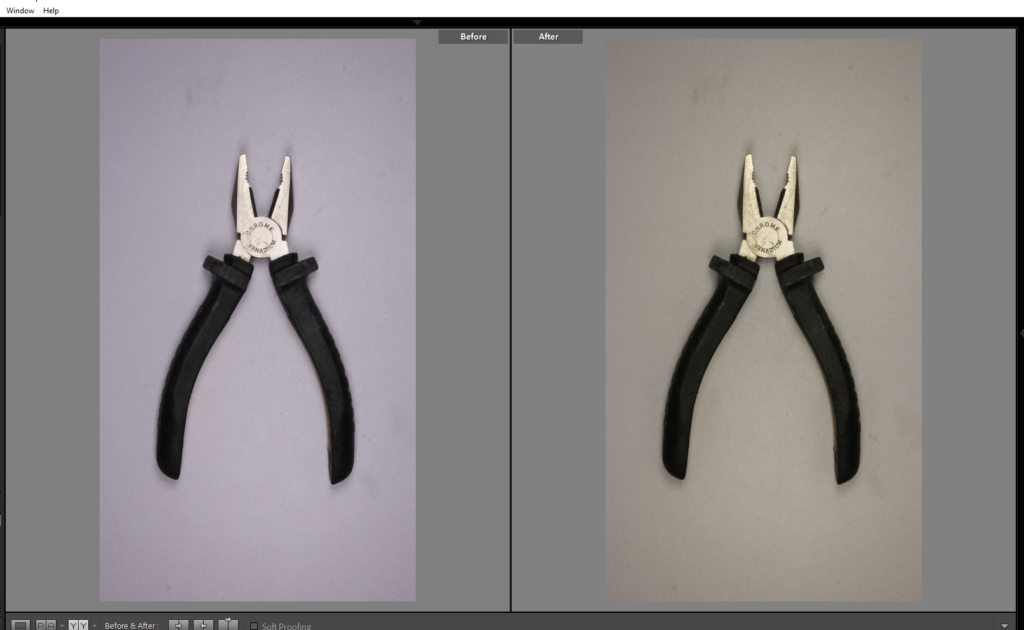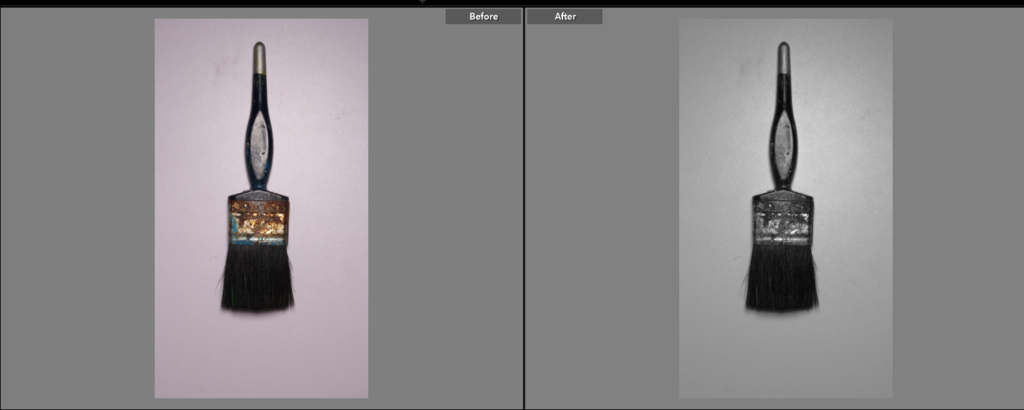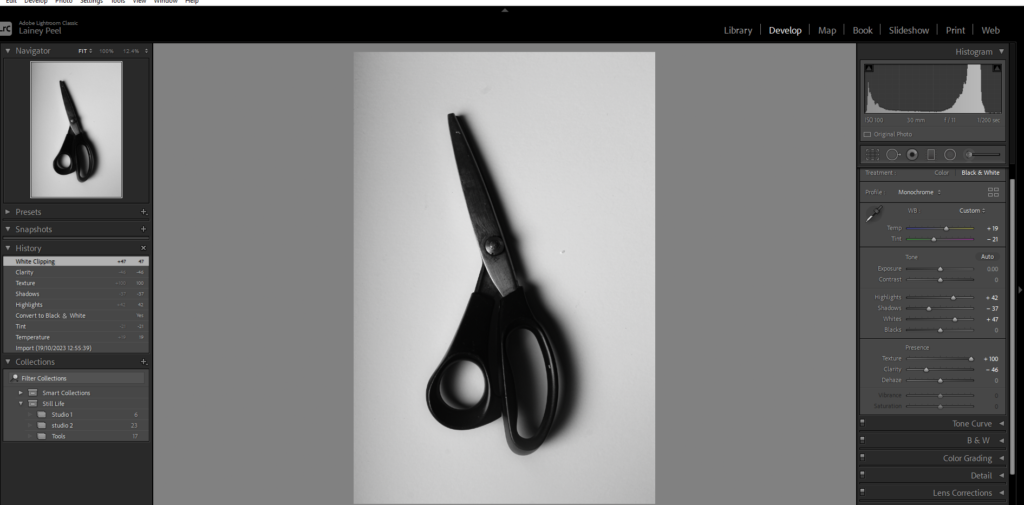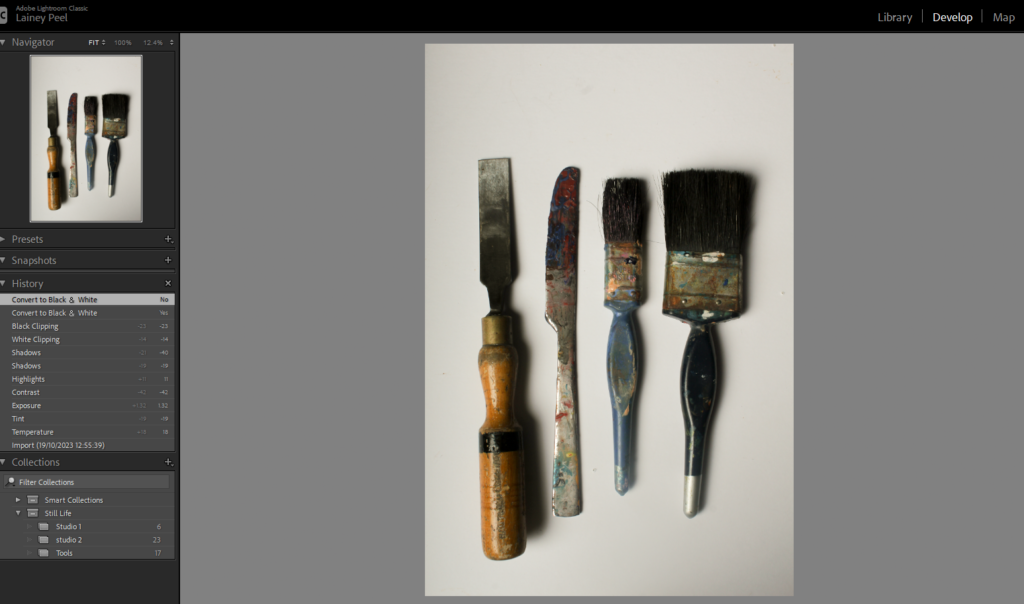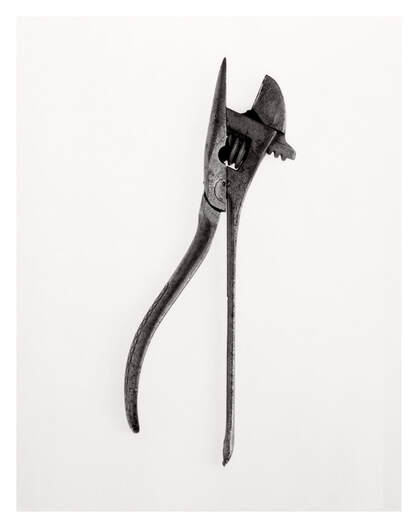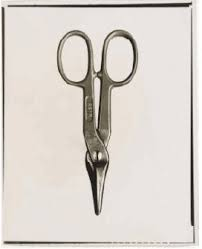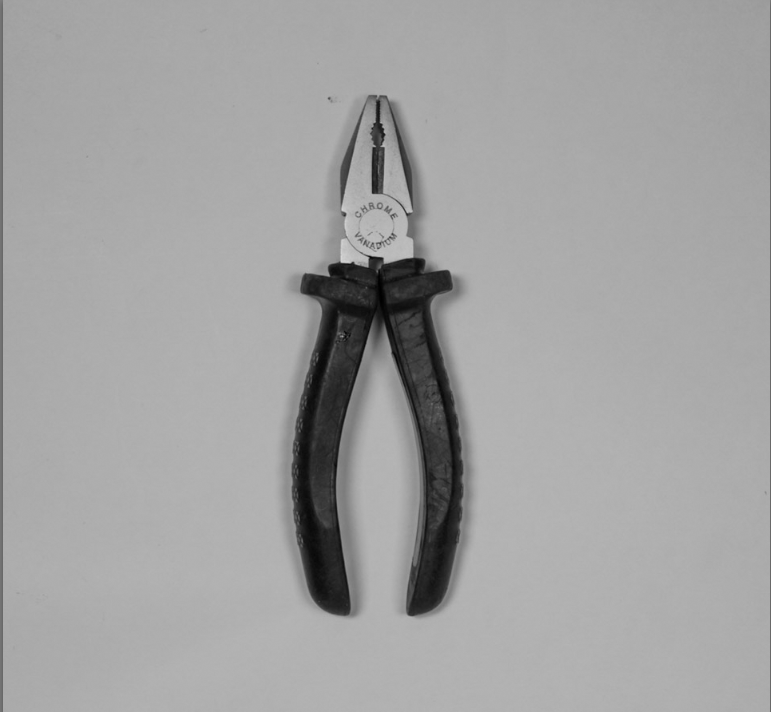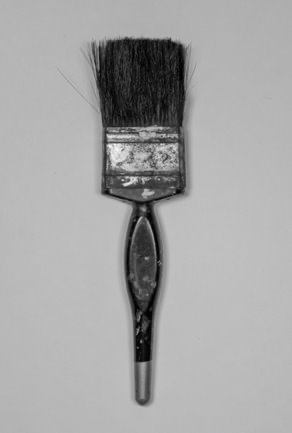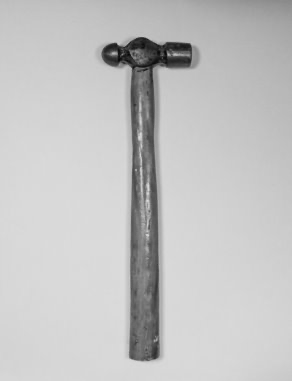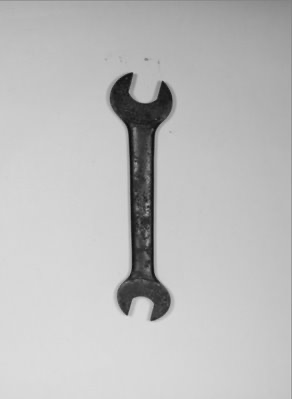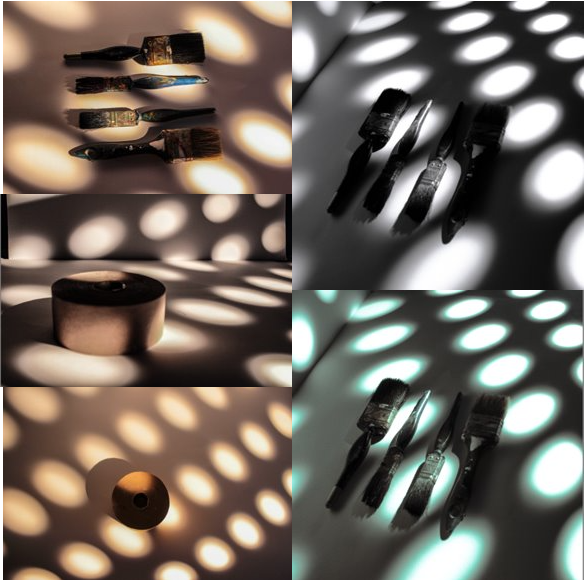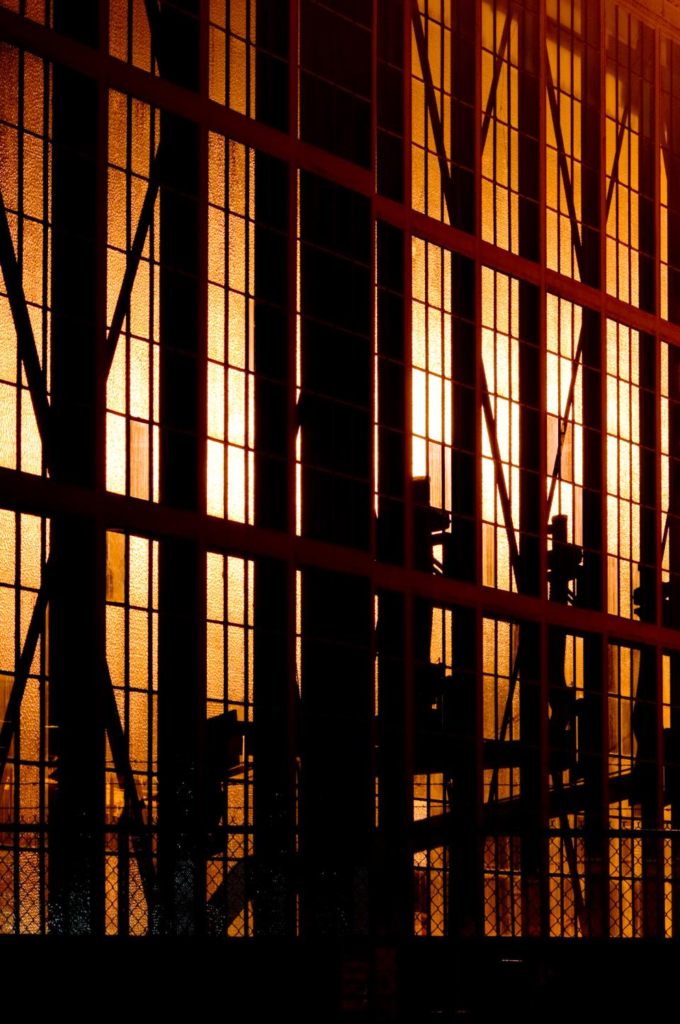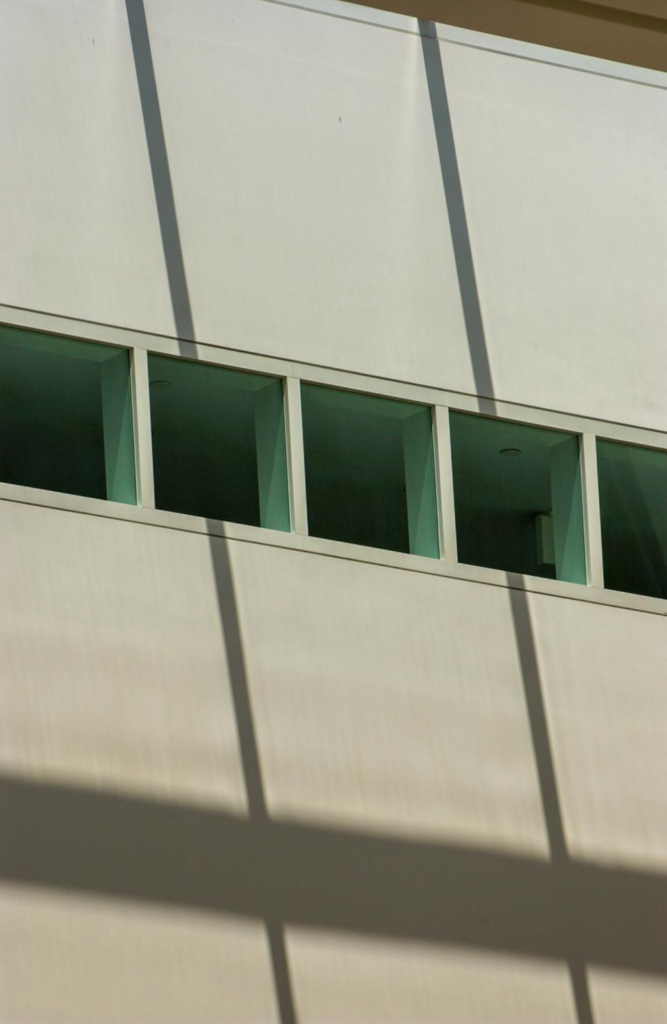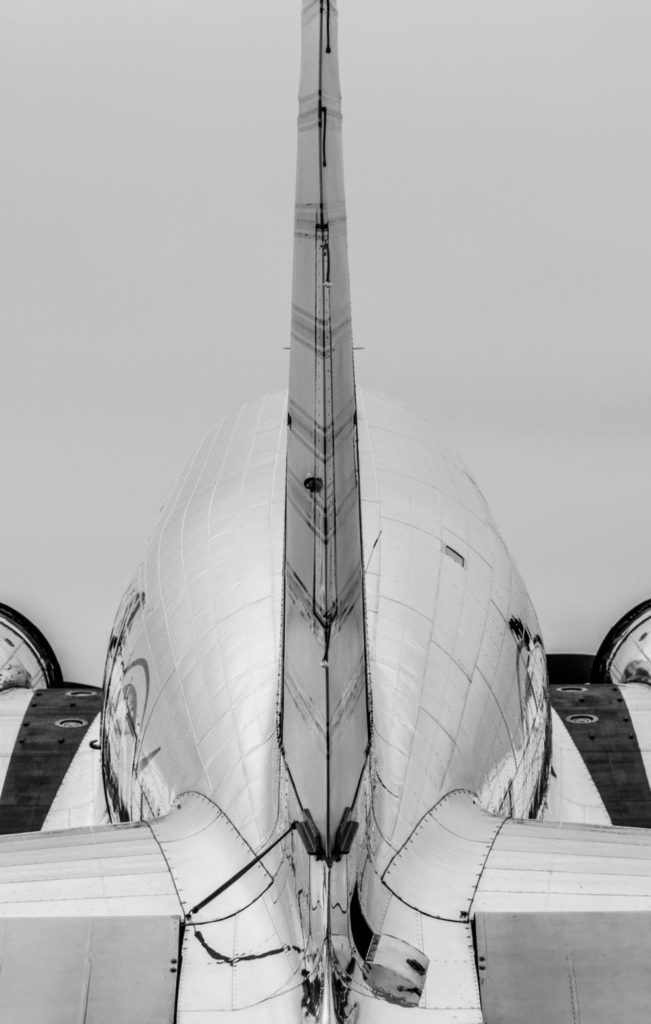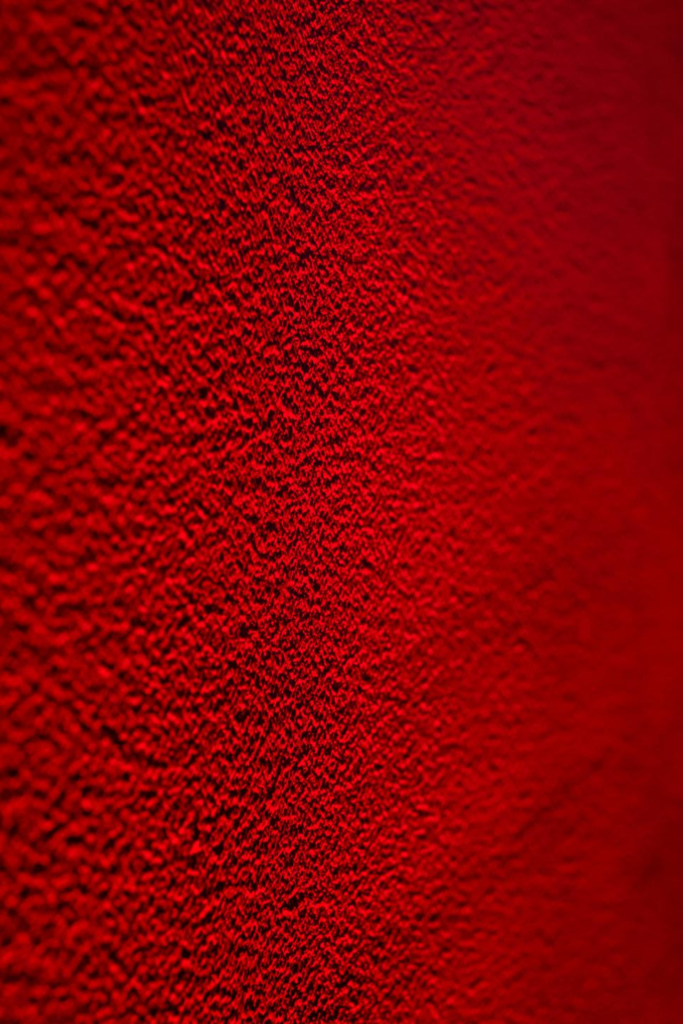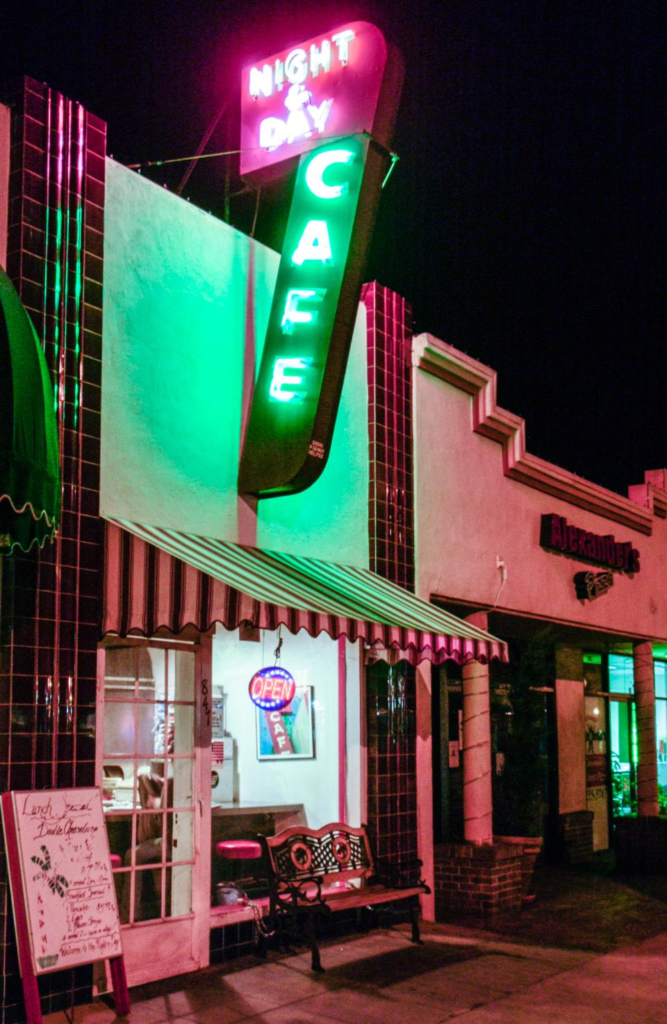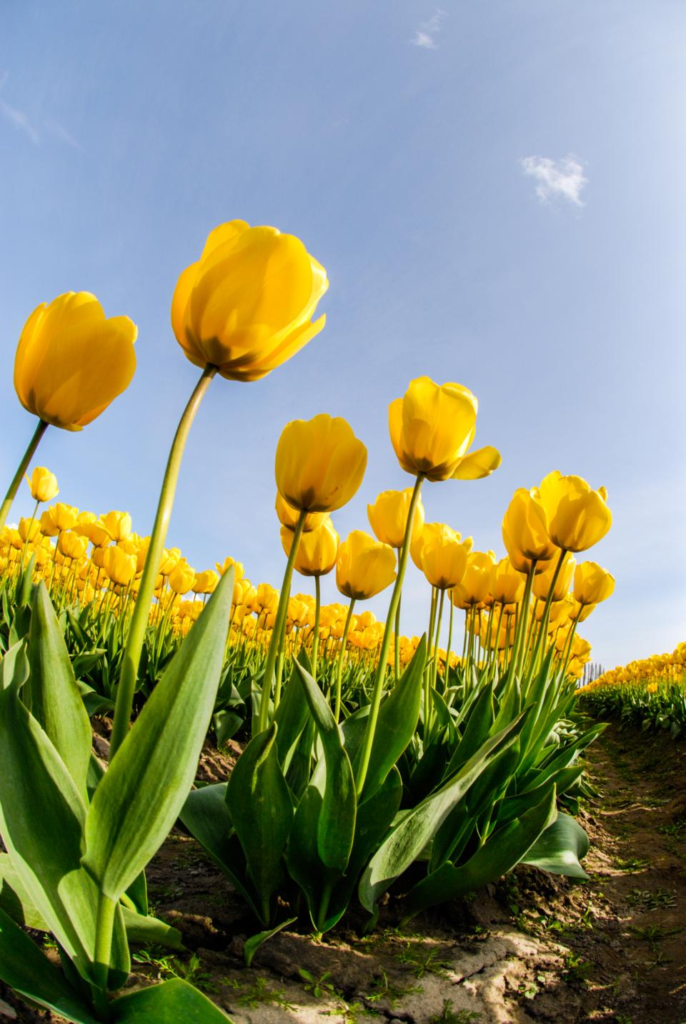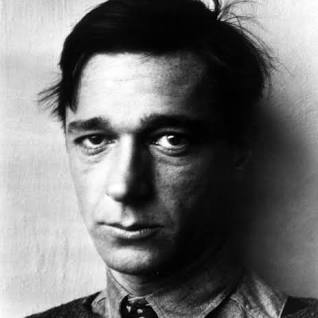
Walker Evans
Evans is best known for creating black and white ‘simple’
photos. in some of his other photos not related to objects, he said he wanted to focus on capturing the beauty of everyday events. in his object photos he does this by taking simple everyday objects and photographing them. many people look at hi work and think its nothing interesting. he likes his work because he has taken an uninteresting object and attempted to make it into art. Hi project was called ‘Beauties of a common tool’ and he usually placed his objects onto plain backgrounds (usually brighter colours than the object itself) this makes the object stand out to the viewers eye.
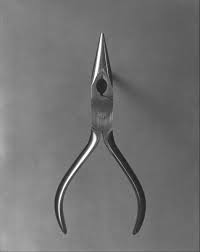
In his work, he used lighting to reflect off of his objects as they are usually metallic. I think this is good because it makes them stand out from the background. the glare is also positioned in different places of the tool so that you can see the different shadows.
The angles of his photos are generally taken from a Birdseye view and rarely from many other angle. Even though its from this angle you can still tell that all his photos are 3D because of the shadows he made sure to make visible. There is also a lot of empty space in his photos so that the viewer can understand that the photo is about the tools beauty and nothing else.
Photo Analysis (Walker Evans)

In this image, Evans has chosen to photograph a wrench. Along with his other photos, this tool is metallic which make the effects of lighting stand out. I am unable to be sure if the lighting projecting from the left is natural or unnatural lighting however it still greatly shows the effects of shadows and different shades in the image. I think the shadows that outline the tool work really well to create the illusion that the object is floating above the background and also shows us that it’s a 3D image. Evans purposefully creates this effect by using wooden sticks of prop up the image on the paper. the empty space in the background the image makes me focus only on the object Evans is showing the beauty of, as well as have different lightings on the background colour to make it less like a solid basic colour.
Darren Harvey-Regan

Darren Harvey Regan created photos that was inspired by Walker Evans ‘Beauties of a common tool’ photoshoot where he takes photos of usual everyday objects, such as tools, and makes them into photography. he created montages of Evans work and then made it into his own. He would do things like take two separate images of his own and split then in half for them to then be re-joined to become one. His work differs from Evans in different ways, as well as the split images he also uses more of a pale pink background to add colour to the photographs where as Walker Evans’ photos are in black and white with a white background.
Photo Analysis
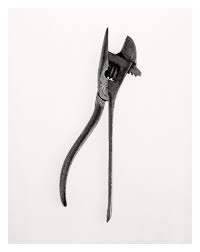
One example of his work is this photo. I really like how subtle the split is down the middle of the photo because of the detail and work he pits into it. I like the colour he has used in the photo to create more of a brighter image compared to Evans work. I can see that his photos are taken from a bird eye view to be further inspired by Evans work but also to capture the whole object and not from one side where the full thing can’t be seen. Contrasting to Evans, his photos don’t include reflections from interior/ exterior light and does also not include shadows.

